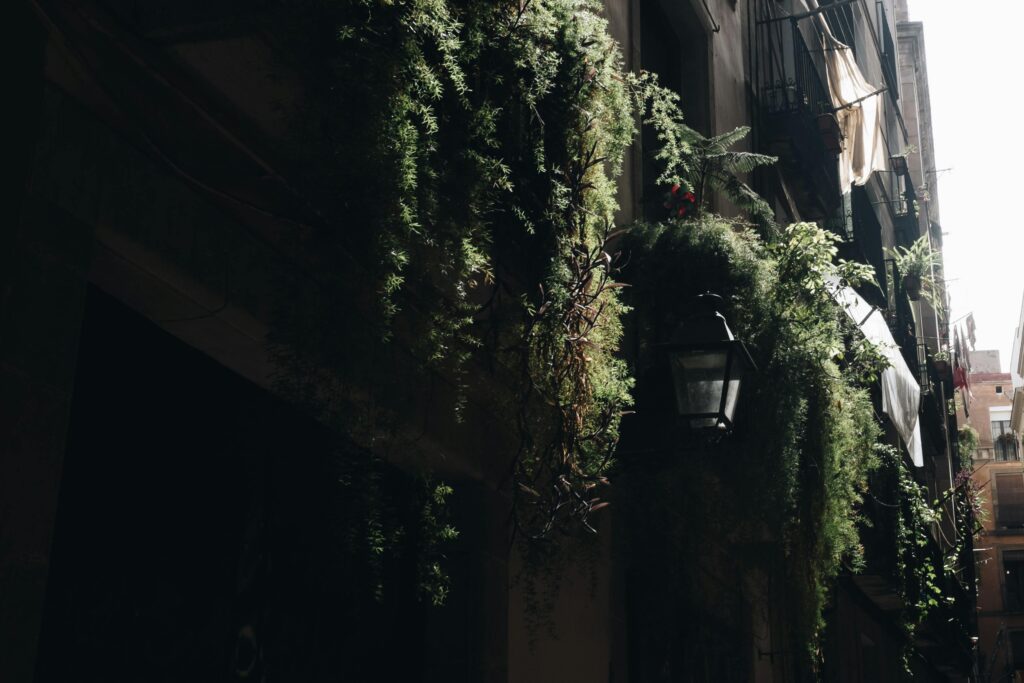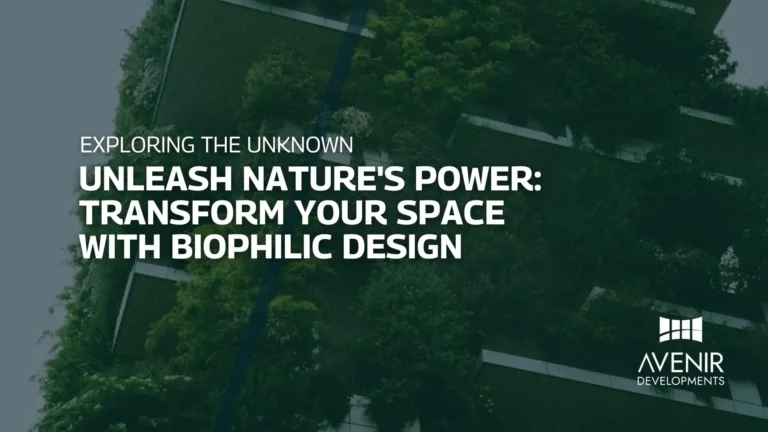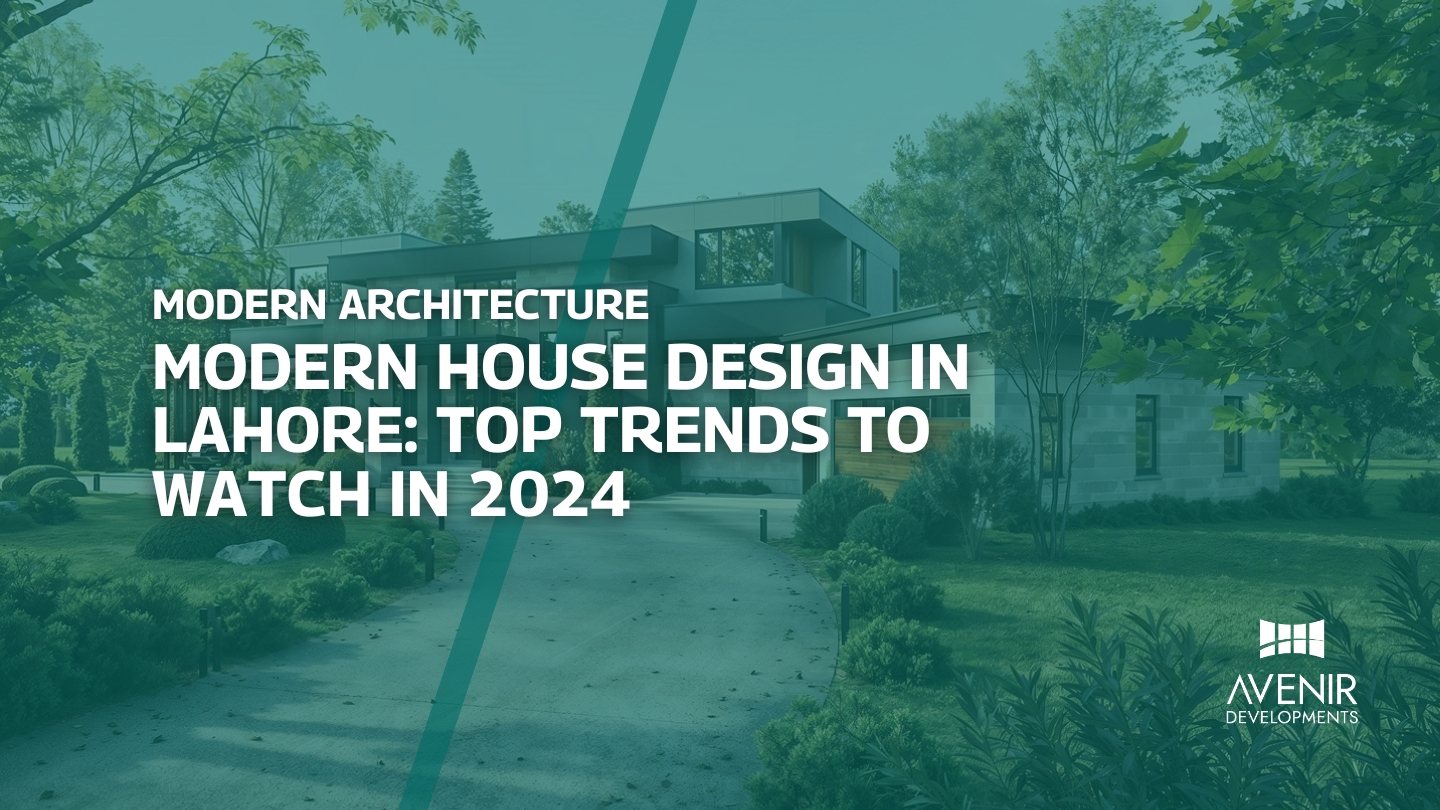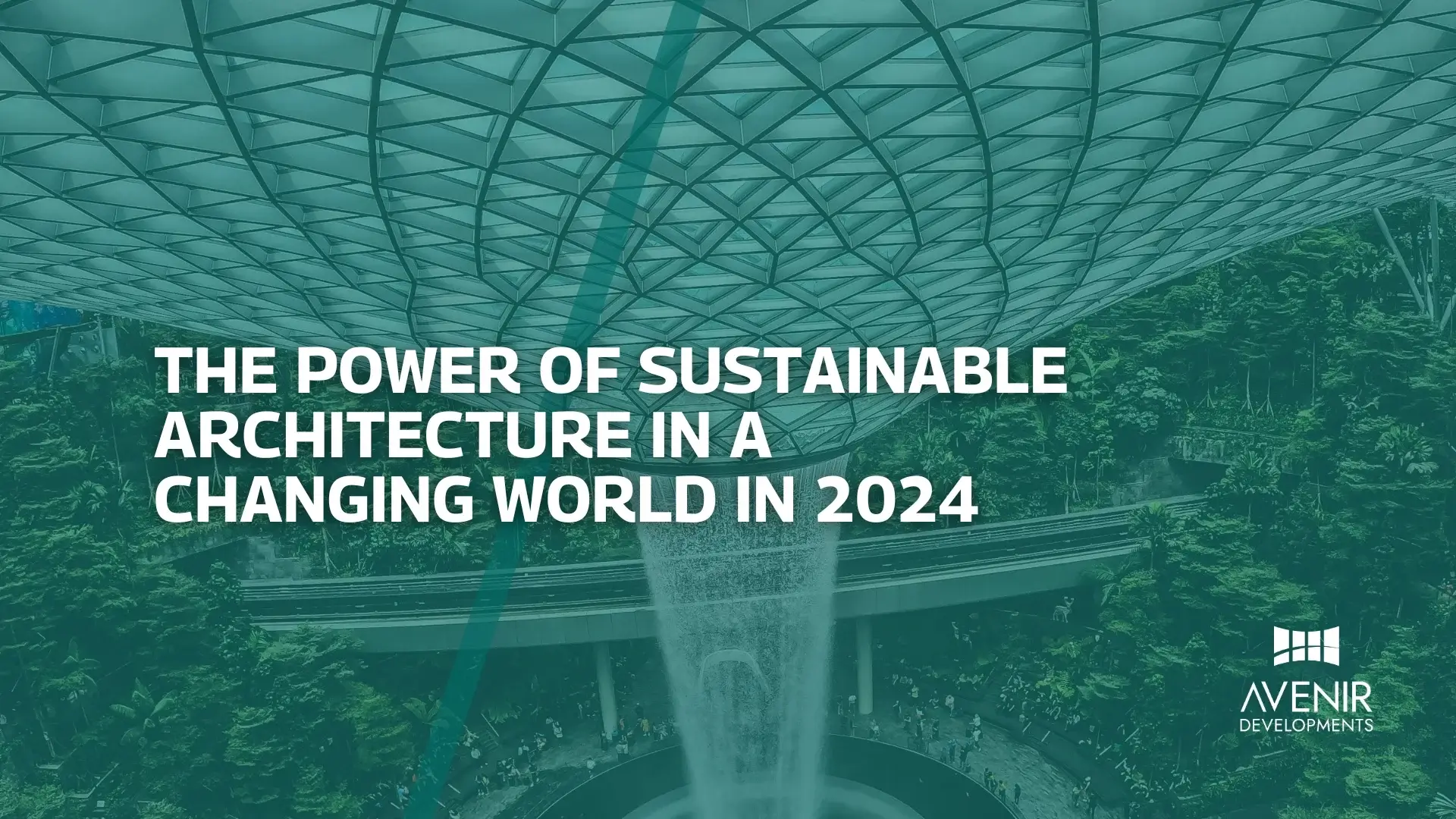Biophilic Design: Bringing Nature Indoors for a Healthier You
Are you tired of feeling disconnected from the natural world? Do you long for spaces that inspire and rejuvenate? Biophilic design is the answer. This innovative approach to architecture and interior design harnesses the power of nature to create environments that promote well-being, productivity, and creativity. By seamlessly integrating elements of the natural world into our built environments, we can experience a profound transformation in how we live, work, and interact with our surroundings.
Imagine a space bathed in natural light, adorned with lush greenery, and infused with the soothing sounds of water. This is the essence of biophilic design. Let’s explore how you can harness nature’s power to transform your space and unlock a world of benefits.

Understanding Biophilic Design
Biophilic design is more than just a trendy buzzword; it’s a scientifically backed approach to creating spaces that connect us with nature. Rooted in the concept of biophilia—our innate human affinity for the natural world—this design philosophy seeks to bring the outdoors in.
The roots of biophilic design can be traced back to ancient civilizations, where humans instinctively incorporated natural elements into their living spaces. From the hanging gardens of Babylon to the serene courtyards of Islamic architecture, we find evidence of our deep-rooted connection to nature. However, the modern world has largely disconnected us from the natural environment, leading to a decline in our overall well-being.
Biophilic design emerges as a response to this disconnection. By integrating natural elements such as plants, water features, natural light, and organic materials into our built environments, we can reconnect with nature and reap the rewards.
The Biophilic Design Movement: A Growing Trend
The biophilic design movement has gained significant momentum in recent years, driven by a growing awareness of the importance of well-being and sustainability. As urban populations continue to rise, the demand for green spaces and nature-inspired environments is increasing.
Pakistan, with its rich biodiversity and cultural heritage, offers a unique opportunity to embrace biophilic design. Incorporating elements of the country’s natural beauty into our built environments can create spaces that are not only aesthetically pleasing but also culturally resonant.
Furthermore, the COVID-19 pandemic has accelerated the adoption of biophilic design principles. As people spent more time indoors, the desire for connection with nature intensified. This has led to a surge in demand for biophilic office spaces, residential interiors, and public spaces.
Common Questions About Biophilic Design
Q: What are the benefits of biophilic design?
A: Biophilic design offers a multitude of benefits, including reduced stress, improved mood, enhanced creativity, increased productivity, and a stronger connection to nature.
Q: How can I incorporate biophilic design into my home?
A: Start by introducing indoor plants, maximizing natural light, and using natural materials. Consider incorporating water features or nature-inspired artwork. Even small changes can make a significant difference.
Q: Is biophilic design expensive?
A: Biophilic design can be implemented on various budgets. Incorporating indoor plants, maximizing natural light, and using natural materials are cost-effective ways to start. As your budget increases, you can explore more elaborate features like living walls or water features.
Q: Can biophilic design be applied to commercial spaces?
A: Absolutely! Biophilic design is highly effective in commercial settings, such as offices, hotels, and retail spaces. It can enhance employee well-being, boost productivity, and create a positive impression on customers.
Q: How does biophilic design contribute to sustainability?
A: Biophilic design aligns with sustainability principles by prioritizing natural light, ventilation, and the use of sustainable materials. It also fosters a deeper connection to nature, encouraging environmentally conscious behaviors.
Productivity boost: Studies show biophilic offices can increase productivity by 8% and well-being by 13%.
Expert Tips for Implementing Biophilic Design
Now that we’ve established the importance and benefits of biophilic design, let’s explore practical tips for incorporating nature into your spaces. As an experienced architect and interior designer, I’ve seen firsthand how these strategies can transform environments.
Prioritize Natural Light
Maximizing natural light is fundamental to biophilic design. It regulates our circadian rhythms, boosts mood, and creates a sense of connection with the outdoors. Strategically place windows to optimize daylight exposure. Consider using light shelves or blinds to diffuse sunlight and prevent glare.
Embrace Indoor Greenery
Plants are nature’s air purifiers. They enhance air quality, reduce stress, and add life to any space. Experiment with different plant varieties, from low-maintenance options like succulents to statement-making tropical plants. Consider vertical gardens or living walls for maximum impact.
Incorporate Natural Materials
Using natural materials like wood, stone, and bamboo brings a tactile connection to nature. These materials have a calming effect and can enhance the overall ambiance of a space. Look for sustainable and ethically sourced materials to minimize your environmental impact.
Create Biophilic Focus Points
Designate specific areas in your space as biophilic focal points. This could be a cozy reading nook with a bookshelf lined with plants, a meditation corner with a water feature, or a dining area with a large window overlooking a garden.
Leverage Biomimicry
Biomimicry involves imitating nature’s designs and processes to solve human challenges. Incorporate natural patterns, shapes, and textures into your design. For example, use curved lines inspired by flowing rivers or the fractal patterns found in nature.
Consider Sensory Experiences
Engage multiple senses to create a truly immersive biophilic experience. Incorporate natural scents through aromatherapy, play calming sounds of nature, and introduce elements that stimulate touch, such as textured fabrics or natural materials.
Optimize Space Planning
The layout of your space can significantly impact its biophilic qualities. Create a sense of openness and flow by incorporating natural light and views of the outdoors. Consider using biophilic design principles to define different zones within a space, such as work, relaxation, and social areas.
Invest in High-Quality Indoor Air
Ensure your indoor environment supports well-being by investing in air purification systems and proper ventilation. This creates a healthier atmosphere and enhances the overall benefits of biophilic design.
Seek Professional Guidance
If you’re unsure how to incorporate biophilic design into your space, consider consulting with an architect or interior designer specializing in this field. They can provide expert advice and create a customized plan tailored to your needs and preferences.
Measure and Evaluate
Track the impact of your biophilic design efforts by monitoring factors such as employee productivity, customer satisfaction, and overall well-being. Use this data to refine your approach and maximize the benefits of your investment.
By following these tips and incorporating biophilic design principles into your spaces, you can create environments that nourish your mind, body, and soul. Remember, it’s about more than just aesthetics; it’s about creating a harmonious connection with nature.
Premium prices: Hotel guests are willing to pay 23% more for rooms with views of biophilic elements.
Biophilic Design Case Studies: Bringing Nature Indoors
To illustrate the transformative power of biophilic design, let’s explore some inspiring case studies. These examples showcase how different spaces have been enhanced through the integration of natural elements.
Case Study 1: The Singapore Changi Airport
Singapore Changi Airport is renowned for its exceptional passenger experience, and biophilic design plays a crucial role. The airport features lush indoor gardens, cascading waterfalls, and skylights that bathe the terminal in natural light. This immersive experience creates a serene and welcoming atmosphere for travelers.
Case Study 2: The Edge Office Building, Amsterdam
The Edge office building in Amsterdam is a prime example of a biophilic workplace. Designed to prioritize employee well-being, the building incorporates abundant greenery, natural light, and flexible spaces. The result is a dynamic and inspiring environment that enhances productivity and job satisfaction.
Case Study 3: The Salk Institute, California
The Salk Institute, a renowned research facility, is a testament to the power of biophilic design. Designed by Louis Kahn, the building seamlessly integrates with its natural surroundings, featuring courtyards, water features, and ample natural light. This architectural masterpiece has inspired countless architects and designers worldwide.
Case Study 4: Residential Biophilic Design
While large-scale projects often grab headlines, biophilic design can be implemented on a smaller scale. A residential space can be transformed into a sanctuary by incorporating elements like indoor plants, natural materials, and views of nature. Even a small apartment can benefit from biophilic principles.
Biophilic Design in Pakistan: A Growing Trend
While biophilic design is still a relatively new concept in Pakistan, there is growing interest in incorporating nature into built environments. As the country becomes more urbanized, the demand for green spaces and sustainable living increases.
By showcasing successful implementations of biophilic design, these case studies inspire and demonstrate the tangible benefits of this approach.
Incorporating biophilic design principles into your spaces is an investment in your well-being and the health of our planet. By connecting with nature, we create environments that nurture our minds, bodies, and spirits. From boosting productivity and creativity to reducing stress and improving air quality, the benefits are undeniable.
Ready to unleash the power of nature in your own space? Contact Avenir Developments today for expert guidance and design solutions. Our team of skilled architects and interior designers can help you create a biophilic oasis tailored to your specific needs and preferences.
Call us now at +923001101103 or visit our website to schedule a consultation.
Let’s transform your space into a haven of well-being and sustainability.
Read More: Harnessing Nature’s Power: How Biophilic Architecture is Revolutionizing Modern Design






